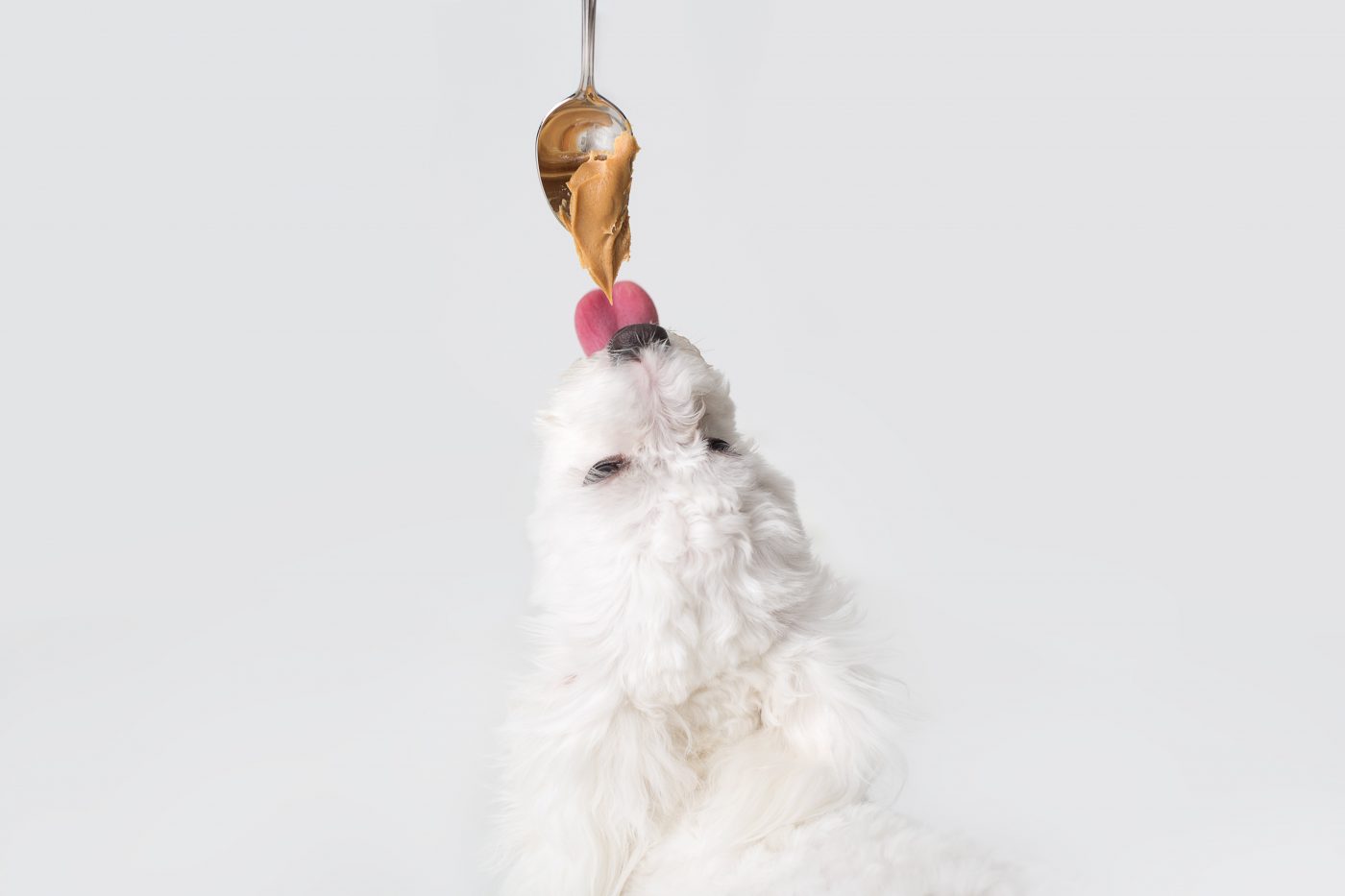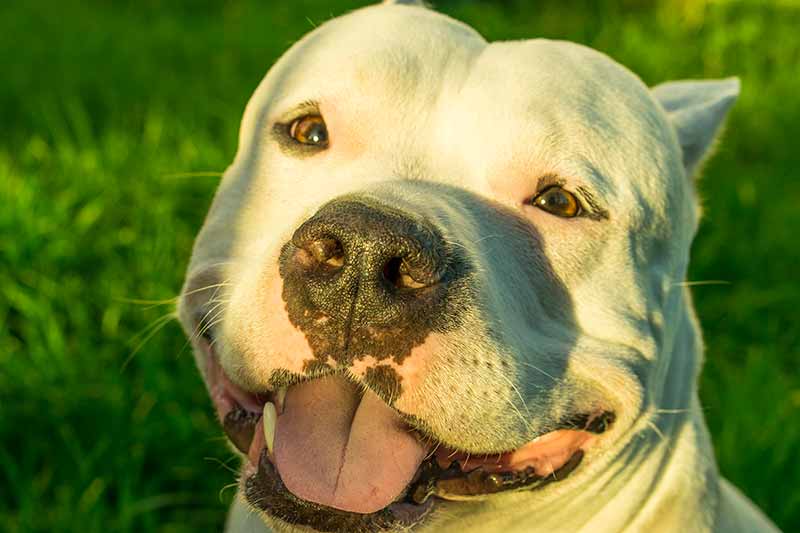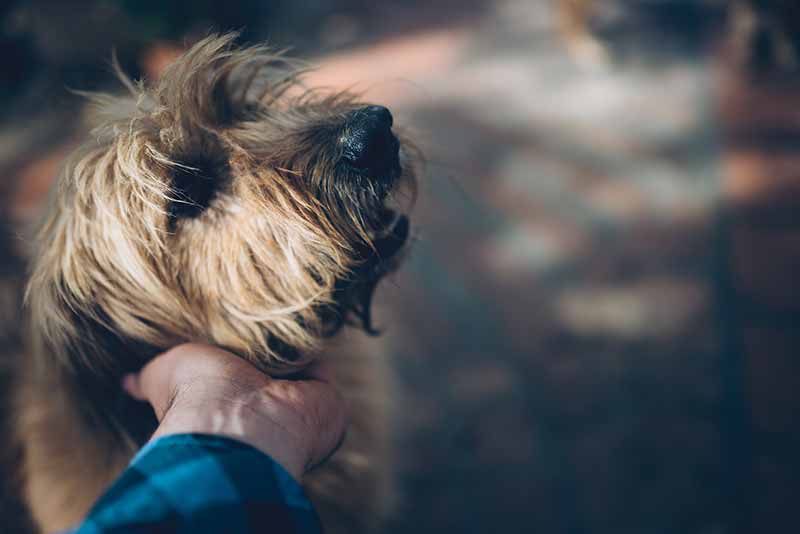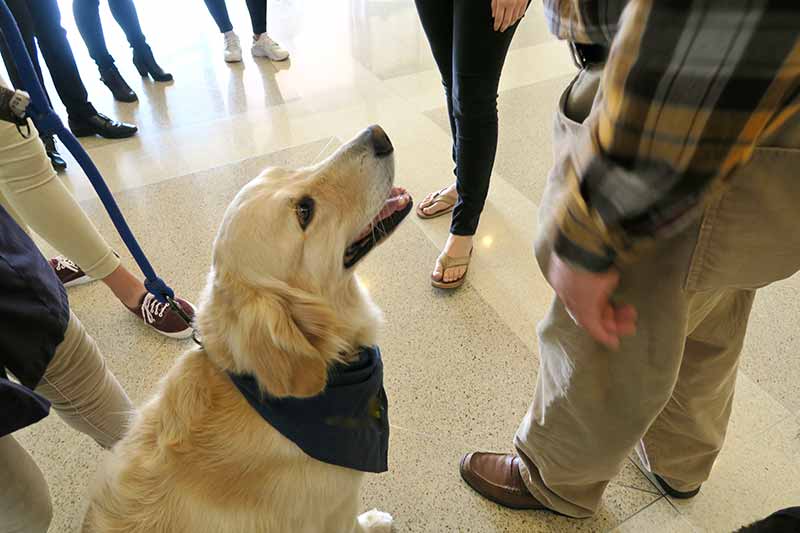
Can Clicker Training Change Your Dog’s Life? Quite Simply, Yes.

Dogs usually know when they’ve done something wrong, but wouldn’t it be nice if we could convey to them exactly when they’ve done something right? With clicker training, your dog has a chance to learn the right ways to do things because you tell them. With the unique sound of a handheld clicker, there’s no second-guessing. Instead, you train your dog to remember the positive actions or behaviors that please you.
Let’s get clickin’!
Reinforce the Good
We all love rewards. Dogs are no exception. They aim to please (most of the time), but sometimes they get confused regarding what’s good and what’s bad. With a healthy dose of patience, a lot of consistent training, and of course, healthy rewards, your dog can be well on their way to A+ behavior.
Focus on the Positive
Marine mammal trainers use whistles because they can be heard distinctly even under water, but clickers for dogs accomplishes the same goal. Behavioral science has proven that rewards are the key to positive changes because the subject believes that rewards will continue so long as the good behavior does.
Not the Opposite
Negative reinforcement backfires in a way that positive reinforcement doesn’t. Clicker training allows for direct communication between you and your dog that is impossible with punishment, scolding, or withholding.
When your dog earns a treat after something that you like, and you click at the same time, they associate the sound with the treat. In other words, your dog now understands the best ways to earn future rewards.
Other Helpful Tricks
It can also be helpful to say “yes” or “good” when your dog does something right, but overly praising them during clicker training can send the right message. The following tips will help you get started:
- To get your dog accustomed to the sound of the clicker, line up several treats on the counter.
- Sound the clicker, offer the treat. Repeat.
- Start with a simple command, like “sit”.
- Click and give a treat as soon as they do it.
- Over time, increase the difficulty of the commands and communicate to your dog what your expectations are.
- Only click and reward when they perform the trick or skill.
- Once they’ve mastered certain aspects of training you can reduce or eliminate the use of treats during training. Some owners/trainers continue to use the clicker when necessary, but once dogs understand what you’re looking for, you can have them under voice command.
Branching Out
After awhile, you may see the widespread benefits of clicker training in your dog’s day to day life. Many owners are thrilled and excited by the dog’s new abilities out in public. If sliding doors, crowds, traffic noises, and bright lights used create aversions in your dog, try taking your clicker with you.
Clicker Training Works!
If you have additional questions or concerns about clicker training your dog, the team at West Park Animal Hospital is always here for you!
The post Can Clicker Training Change Your Dog’s Life? Quite Simply, Yes. appeared first on West Park Animal Hospital Blog.











 Despite past setbacks, advocates of marijuana legalization in Ohio are moving toward a new initiative that would allow adults 21 years and older to grow, transport, possess, use, sell, purchase, and share marijuana and its numerous derivatives. Like residents in other states with similar laws, questions about pet safety will undoubtedly become more prevalent in the years to come. Marijuana can be found in many forms these days, making the issue of pot and pets an even bigger deal than ever before.
Despite past setbacks, advocates of marijuana legalization in Ohio are moving toward a new initiative that would allow adults 21 years and older to grow, transport, possess, use, sell, purchase, and share marijuana and its numerous derivatives. Like residents in other states with similar laws, questions about pet safety will undoubtedly become more prevalent in the years to come. Marijuana can be found in many forms these days, making the issue of pot and pets an even bigger deal than ever before.
 Our cats are such wonderful and amazing creatures, and many of us want to give them a special treat now and then. If you haven’t already thought of it, why not grow some catnip in your garden or your
Our cats are such wonderful and amazing creatures, and many of us want to give them a special treat now and then. If you haven’t already thought of it, why not grow some catnip in your garden or your 
 Summer may be halfway over, but that doesn’t mean we’re packing up the sunscreen or covering the grill just yet. Spending the day at the lake or pool is still on the agenda for many families, and bringing a water-loving dog along adds another layer of fun.
Summer may be halfway over, but that doesn’t mean we’re packing up the sunscreen or covering the grill just yet. Spending the day at the lake or pool is still on the agenda for many families, and bringing a water-loving dog along adds another layer of fun.
 The risks of heatstroke in pets are very real. Symptoms don’t always stem from over-exertion on a hot day. Instead, the prime culprit is usually plain and simple dehydration. Pets sweat a little bit through their noses and paw pads, but in an attempt to regulate internal body temperature, they pant. If access to shade and cool, clean water is restricted, organ dysfunction and even failure can occur on a hot and humid day. Prevention must remain a top priority, but being able to recognize the signs and know how to help are equally important.
The risks of heatstroke in pets are very real. Symptoms don’t always stem from over-exertion on a hot day. Instead, the prime culprit is usually plain and simple dehydration. Pets sweat a little bit through their noses and paw pads, but in an attempt to regulate internal body temperature, they pant. If access to shade and cool, clean water is restricted, organ dysfunction and even failure can occur on a hot and humid day. Prevention must remain a top priority, but being able to recognize the signs and know how to help are equally important.
 Being in Cleveland, home of the
Being in Cleveland, home of the